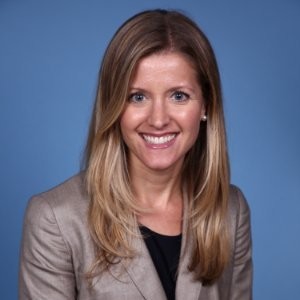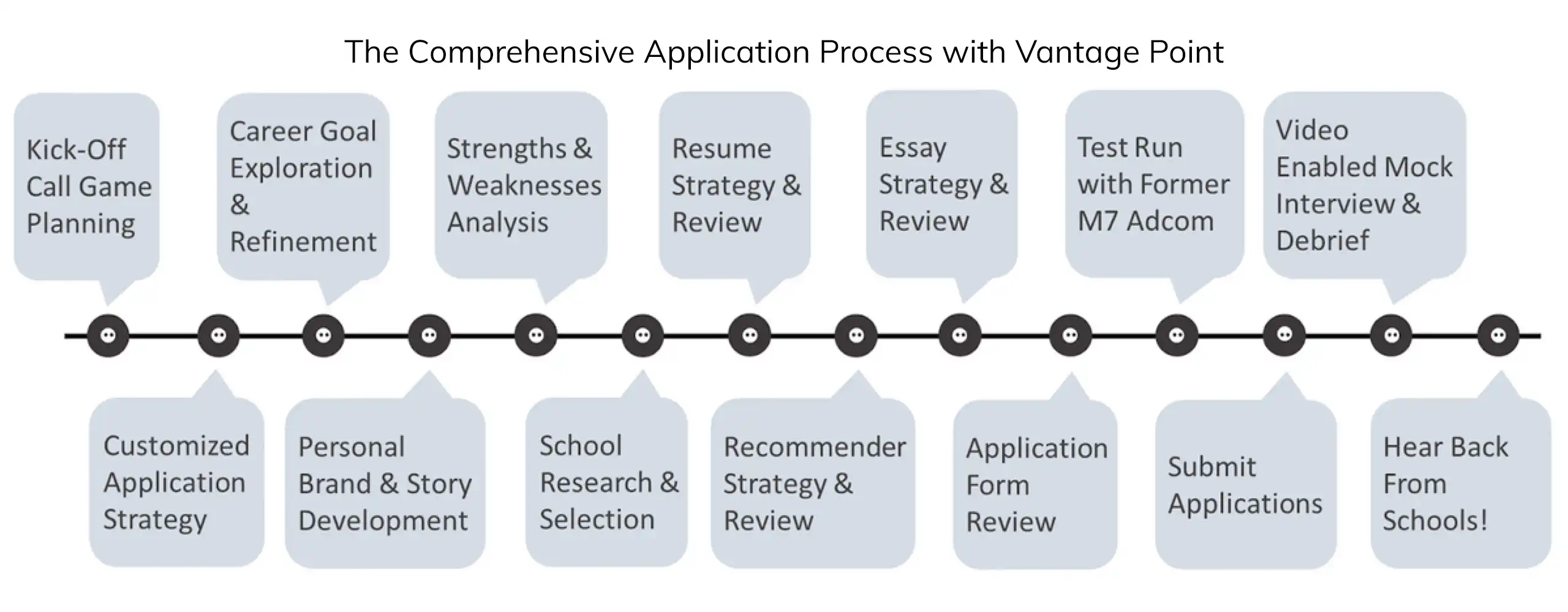MBA Class Profiles – What They Mean for Your Applications
You may have seen that several top business schools, including Wharton, UCLA Anderson, and UVA Darden, recently released 2024 MBA class profiles. While MBA class profiles are always interesting to help understand trends in the business school landscape, there were a number of notable surprises this year.
For those currently in the MBA application phase, what does the data tell us about the competitiveness of the upcoming cycle? The answer is nuanced and far from certain, of course, but here are our high-level takeaways from the latest MBA class profiles.
The Economy Leads, MBA Application Volume Follows
Arguably the biggest headline from the latest MBA class profiles is that application volume was down significantly (14% for Wharton, 20% for UCLA). While startling, it’s important to note that those decreases come on the heels of a big uptick in applications the prior year.
Our takeaway from these swings (and those we’ve witnessed in the past) is that MBA applications ebb and flow with economic cycles and other major world events (ahem, COVID). With unemployment at historical lows, companies likely did everything in their power to keep employees from leaving last year. Relatedly, those who changed jobs amidst ‘the Great Resignation’ may have been reticent to leave a cushy new role so soon.
What does this portend for the future? While no one has a crystal ball, with recession potentially imminent and COVID squarely in the rearview mirror (fingers and toes crossed!), it is easy to see how application volume could tick back up this year, leading to a competitive cycle.
The Balance Between International and Domestic Applicants Drove Shifts in the Data
Another key takeaway from the latest MBA class profiles is that in some cases, the percentage of international students rose substantially – by 12 percentage points to 47% of the class at Anderson, for instance. This likely contributed to other shifts in the data. The proportion of women at UCLA notably dropped while the class composition shifted more towards those who studied engineering in undergrad.
While other programs were able to keep their class composition (as it relates to gender parity and undergraduate field of study) more consistent, it’s reasonable to surmise that they saw a similar uptick in international application volume. Wharton maintained its groundbreaking statistic of enrolling 50% women again this year, perhaps quite intentionally (and commendably!).
If domestic application volume stays low, relatively speaking, does that mean domestic applicants will have an easier go of things this year? And will schools chase Wharton’s precedent-setting gender parity statistic, indicating that superstar female applicants will be highly sought after? No one has the answers, of course, but these are reasonable questions to be asking, in our experience.
So, What Does This All Mean?
At the end of the day, year to year shifts in MBA class profiles is just one lens through which to view trends in the world of business school. Where we are in an application volume ‘cycle’ is likely not going to make or break whether you apply this year or wait (nor should it). It’s safe to say that MBA programs have moved and will continued to move towards a more global, diverse environment that will prepare our future business leaders to foster more inclusive cultures within their organizations. We are all better off as a result!
That said, the best way to increase your chances of admission is to differentiate yourself from other applicants and put your all into the application process. If we can be of assistance, even if it be for a last minute Adcom Trial Run of your round 1 application, please reach out.




